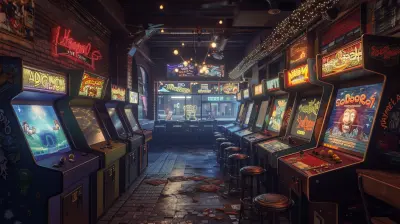How Cover-Based Mechanics Revolutionized Third-Person Shooters
24 May 2025
When was the last time you played a third-person shooter and didn’t immediately hug a wall or duck behind a car for cover? Pretty hard to think of one, right? That’s because cover-based mechanics didn’t just creep their way into the genre—they absolutely transformed it. These mechanics shifted how games are played, how they feel, and even how they look. Let’s dive into how this gameplay revolution came about and why it changed the third-person shooter landscape forever.
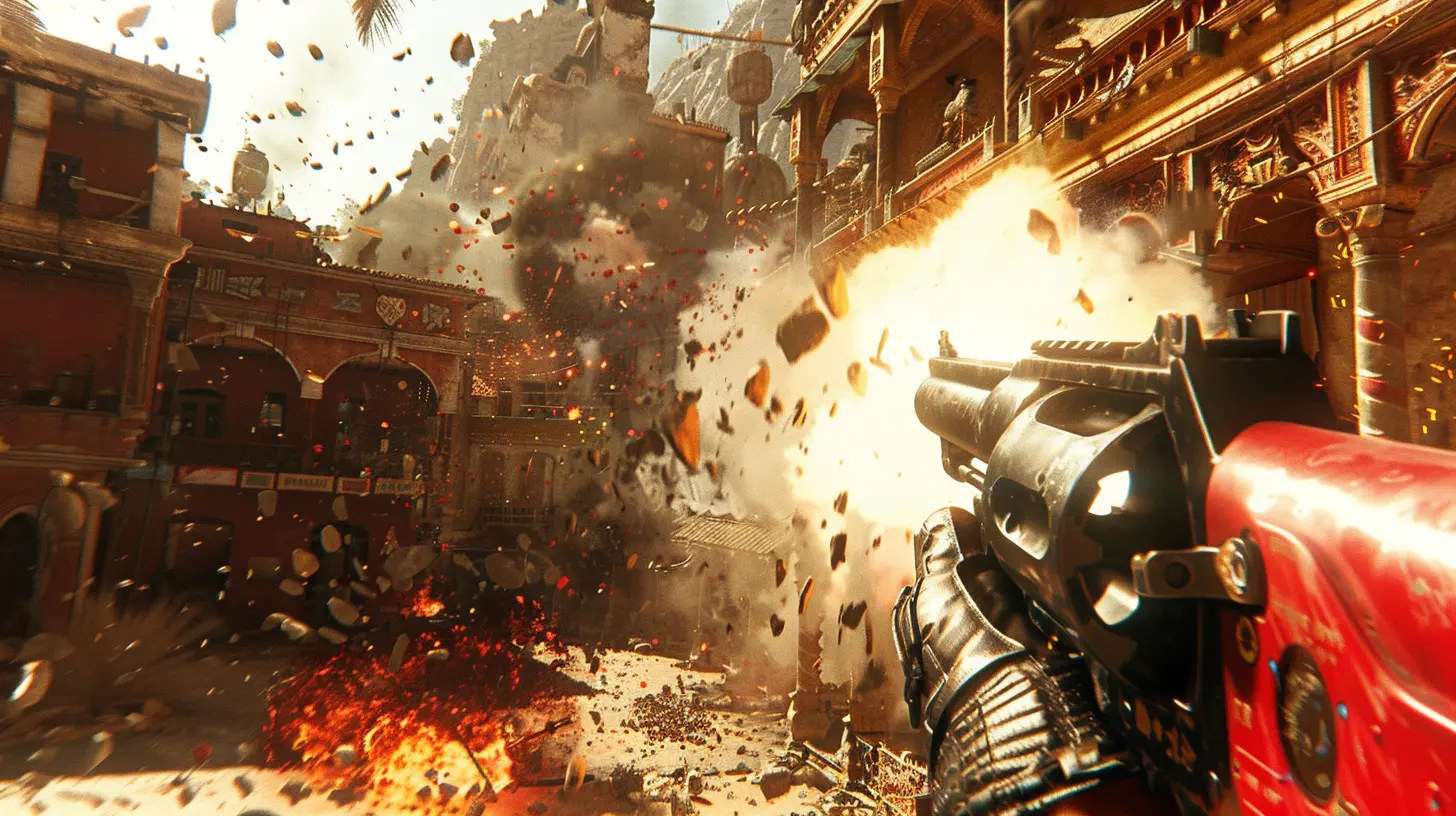
The Pre-Cover Era: Running, Gunning, and Hoping for the Best
Before cover-based mechanics came into the picture, third-person shooters were a chaotic mix of running, dodging, and spamming the fire button. Think back to classics like Tomb Raider (1996) or early Resident Evil titles. Sure, these games were groundbreaking, but combat often felt more like a dance of desperation than a tactical showdown.You were constantly on the move, strafing left and right like a maniac, hoping you wouldn’t get hit. Strategy? Barely. It was more about reflexes than intelligence. Don’t get me wrong—there’s a certain charm to that frantic style of gameplay. But something was missing. Games needed... well, a bit more sophistication.
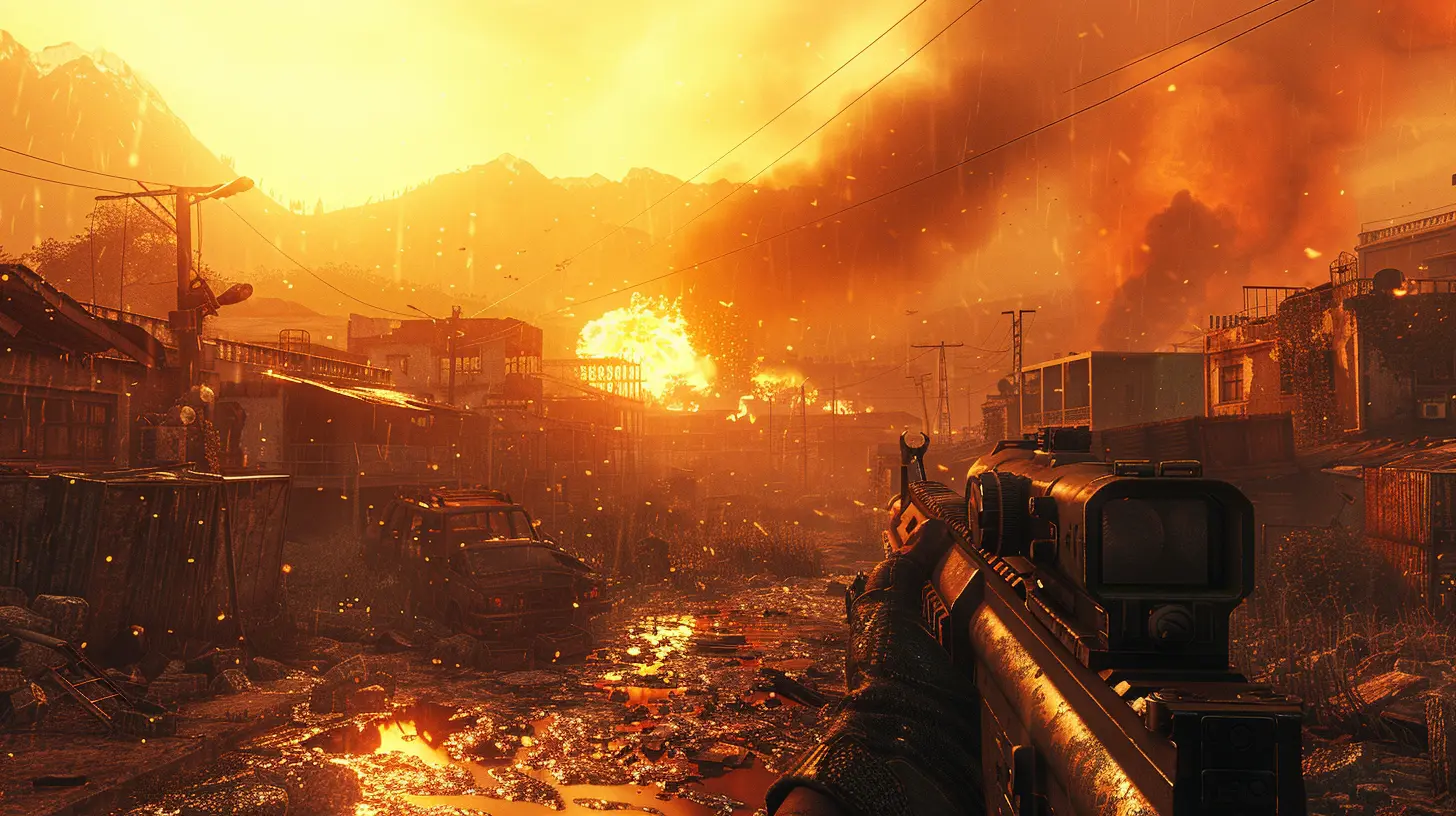
The Birth of Cover-Based Mechanics
Enter Gears of War (2006) — the game that practically wrote the blueprint for modern cover-based shooters. Yes, cover systems existed before this (we’ll get to that in a sec), but Gears of War made it feel intuitive, visceral, and, let’s face it, cool. It wasn’t just about hiding; it was about using the environment as part of your strategy. Walls weren’t just obstacles anymore—they became your best friend.The true “aha!” moment for cover-based mechanics came when developers realized that slowing down the action and adding tactical depth could make a shooter more engaging. Instead of running around like a headless chicken, players could now control the pacing of the battle. And trust me, that little change? It was a game-changer.
But hold up—Gears didn’t invent the concept. It just popularized it. The origins of cover-based mechanics can be traced back to earlier titles like Kill.Switch (2003). While not as polished or widely known, Kill.Switch introduced core ideas like snapping to cover and blind-firing from behind it. Without this unsung hero paving the way, Gears of War might never have existed.
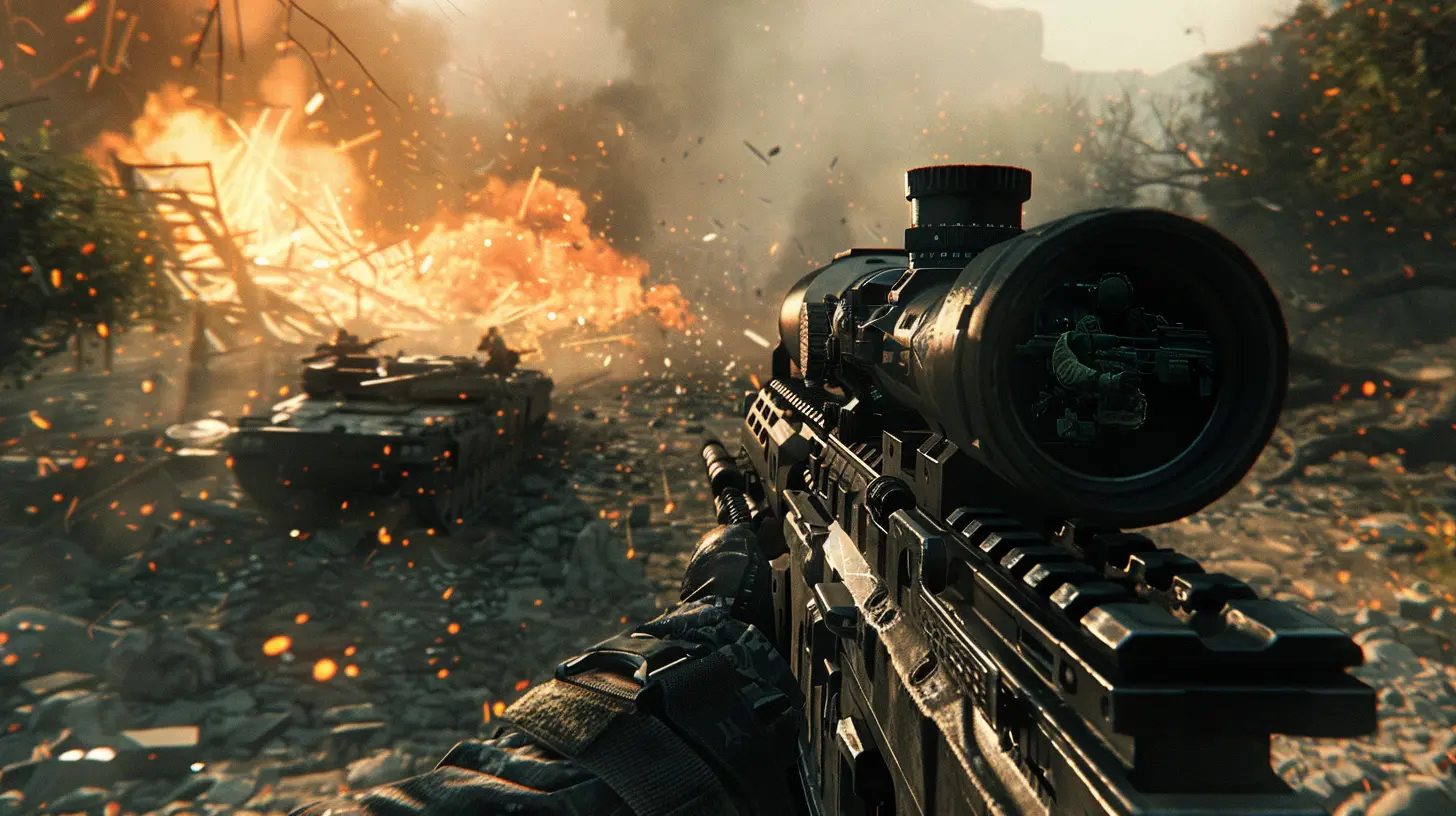
What Makes Cover Mechanics So Special?
So, what’s the big deal? Why did cover-based mechanics revolutionize third-person shooters? It’s all about immersion, strategy, and pacing.1. Immersion: Feeling Like a Real Soldier
Think about it—how often do you see action heroes in movies standing in the middle of a battlefield, taking bullets like they’re invincible? Never. They’re always ducking behind something—whether it’s a table, a car, or a conveniently placed pile of rubble. Cover-based mechanics make games feel more realistic. You’re no longer just a “player” on the screen; you’re a vulnerable human being in the middle of a firefight.2. Strategy: Work Smarter, Not Harder
Cover mechanics force you to think before you act. Should you move to that pillar on the left or risk a dash to the van up ahead? Is it safer to blind-fire or pop out for a quick, accurate shot? These split-second decisions add a layer of strategy that keeps players engaged. It’s no longer just “who has the fastest trigger finger.” It’s about using your brain, too.3. Pacing: A Mix of Highs and Lows
Shootouts in cover-based games are like waves—they ebb and flow. You spend tense moments pinned down, waiting for the perfect opportunity to strike, followed by bursts of adrenaline-pumping action when you finally make your move. This rhythm makes gameplay far more dynamic than the constant chaos of pre-cover shooters.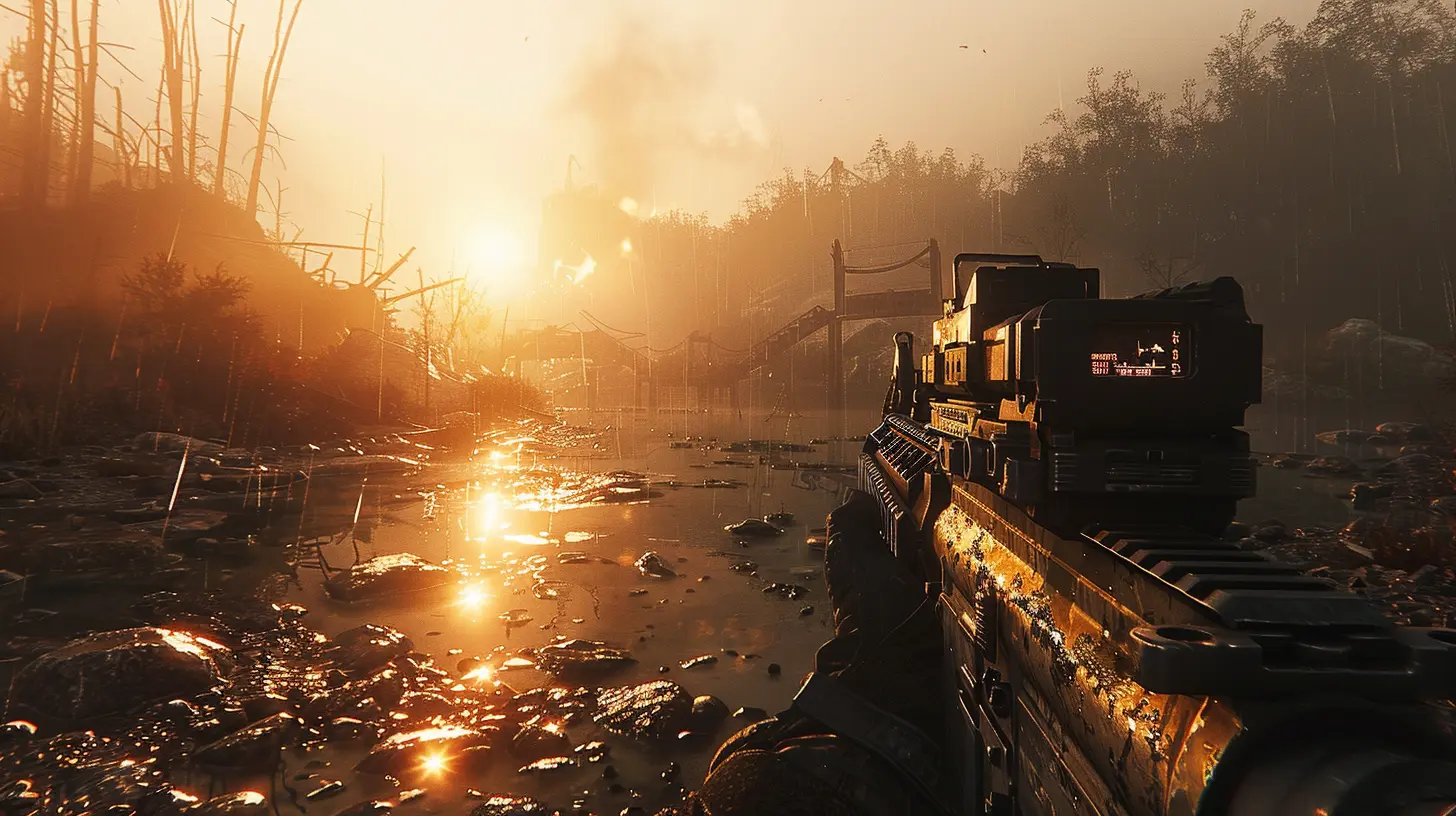
The Genre's Glow-Up: Visual and Gameplay Evolution
Here’s another thing: cover mechanics didn’t just change how shooters played; they also changed how they looked.Environmental Design on Steroids
Before cover mechanics, environments in shooters didn’t need much thought. As long as there was open space to run around, the level design was considered “good enough.” But with the introduction of covers, developers had to think differently. Every wall, crate, and barricade became a potential tactical advantage. Suddenly, games were filled with believable, war-torn battlefields and sprawling urban landscapes designed with cover in mind.Games like Uncharted took this to the next level, creating cinematic, jaw-dropping environments that not only functioned as cover-friendly playgrounds but also told a story.
Animation Fluidity
Cover-based mechanics also forced developers to step up their animation game. Moving into cover, blind-firing, vaulting over obstacles—it all had to look seamless. Watching characters interact with their surroundings realistically made the experience even more immersive. It’s no exaggeration to say that cover mechanics pushed the entire industry to raise the bar in animation quality.Heavy Hitters That Defined the Genre
Beyond Gears of War, countless other games embraced and innovated upon the cover-based shooting formula. Let’s give a shoutout to some of the standouts:- Uncharted: Blending cover mechanics with cinematic storytelling, Nathan Drake’s adventures feel like playable action movies.
- Mass Effect: The series combined tactical cover shooting with RPG mechanics, giving players more control over their combat style.
- The Division: Ubisoft’s looter-shooter franchise leaned heavily on cover mechanics, making it a cornerstone of its gameplay loop.
These games—and many more—proved that cover-based mechanics weren’t just a fad. They were here to stay.
So, Is Cover-Based Gameplay the Gold Standard?
Not necessarily. While cover systems brought a lot to the table, they also have their downsides. For one, they can sometimes make combat feel too static. If players spend the entire game glued to walls, it can start to feel repetitive. Plus, some argue that over-reliance on cover mechanics limits creativity in game design.That said, the best games find ways to balance cover with other mechanics to keep things fresh. For example, The Last of Us Part II encourages stealth and melee combat alongside traditional cover shooting, creating a more varied experience.
The Future of Cover Mechanics
What’s next for cover-based mechanics? It’s hard to say, but one thing’s for sure: they’re not going anywhere. As gaming technology evolves, we’re likely to see even more interactive and immersive cover systems. Imagine a game where cover degrades realistically, forcing you to keep moving, or where you can create your own cover using environmental objects. Sounds cool, right?Virtual reality could also take cover-based gameplay to the next level. Picture yourself physically crouching behind your couch to dodge enemy fire in a VR world. If that doesn’t scream “next-gen,” I don’t know what does.
Wrapping It Up
Cover-based mechanics didn’t just add a new feature to third-person shooters—they redefined them. They made the genre more tactical, realistic, and, let’s be honest, insanely fun. Whether you’re taking potshots from behind a crumbling wall in Gears of War or pulling off cinematic takedowns in Uncharted, it’s impossible to ignore the impact these mechanics have had on gaming.So, next time you’re tucked safely behind cover in your favorite shooter, take a moment to appreciate the genius of it all. It’s not just a mechanic—it’s a revolution.
all images in this post were generated using AI tools
Category:
Third Person ShooterAuthor:

Francesca West
Discussion
rate this article
4 comments
Laura Rogers
Great article! It’s fascinating to see how cover-based mechanics have transformed third-person shooters. Your insights really highlight their impact on gameplay and design. I'm excited to see where the genre goes next!
June 6, 2025 at 2:38 PM

Francesca West
Thank you for your kind words! I'm glad you found the article insightful. It's an exciting time for the genre, and I can't wait to see how it evolves further!
Blaine McMahon
This article effectively highlights how cover-based mechanics transformed gameplay dynamics in third-person shooters, enhancing player strategy and immersion. It's fascinating to see the evolution of game design.
May 31, 2025 at 3:33 PM

Francesca West
Thank you for your thoughtful comment! I'm glad you found the article insightful regarding the impact of cover-based mechanics on gameplay and design evolution.
Seraphis Ramirez
Cover mechanics: gameplay bliss unleashed!
May 30, 2025 at 4:44 AM

Francesca West
Thank you! Cover mechanics truly transformed gameplay, adding depth and strategy to third-person shooters. Glad you enjoyed the article!
Oscar Sullivan
Cover-based mechanics fundamentally transformed third-person shooters by enhancing player strategy and immersion. However, their over-reliance can stifle gameplay diversity, leading to formulaic experiences that risk becoming monotonous.
May 29, 2025 at 4:58 AM

Francesca West
You're right; while cover-based mechanics have indeed enhanced strategy and immersion, it's crucial for developers to balance them with diverse gameplay elements to avoid monotony.

